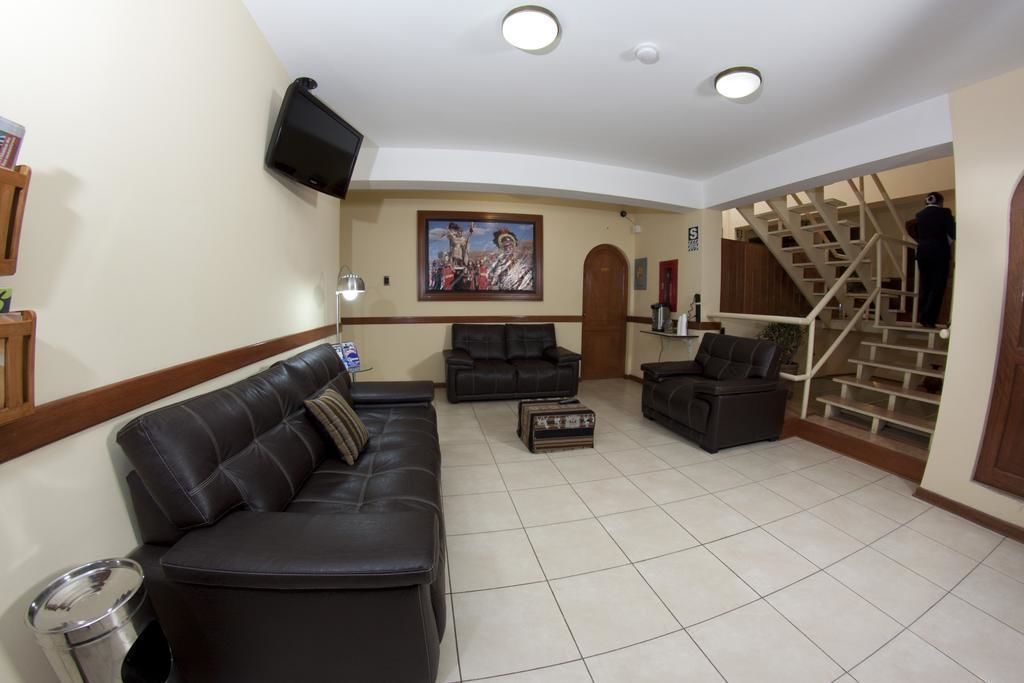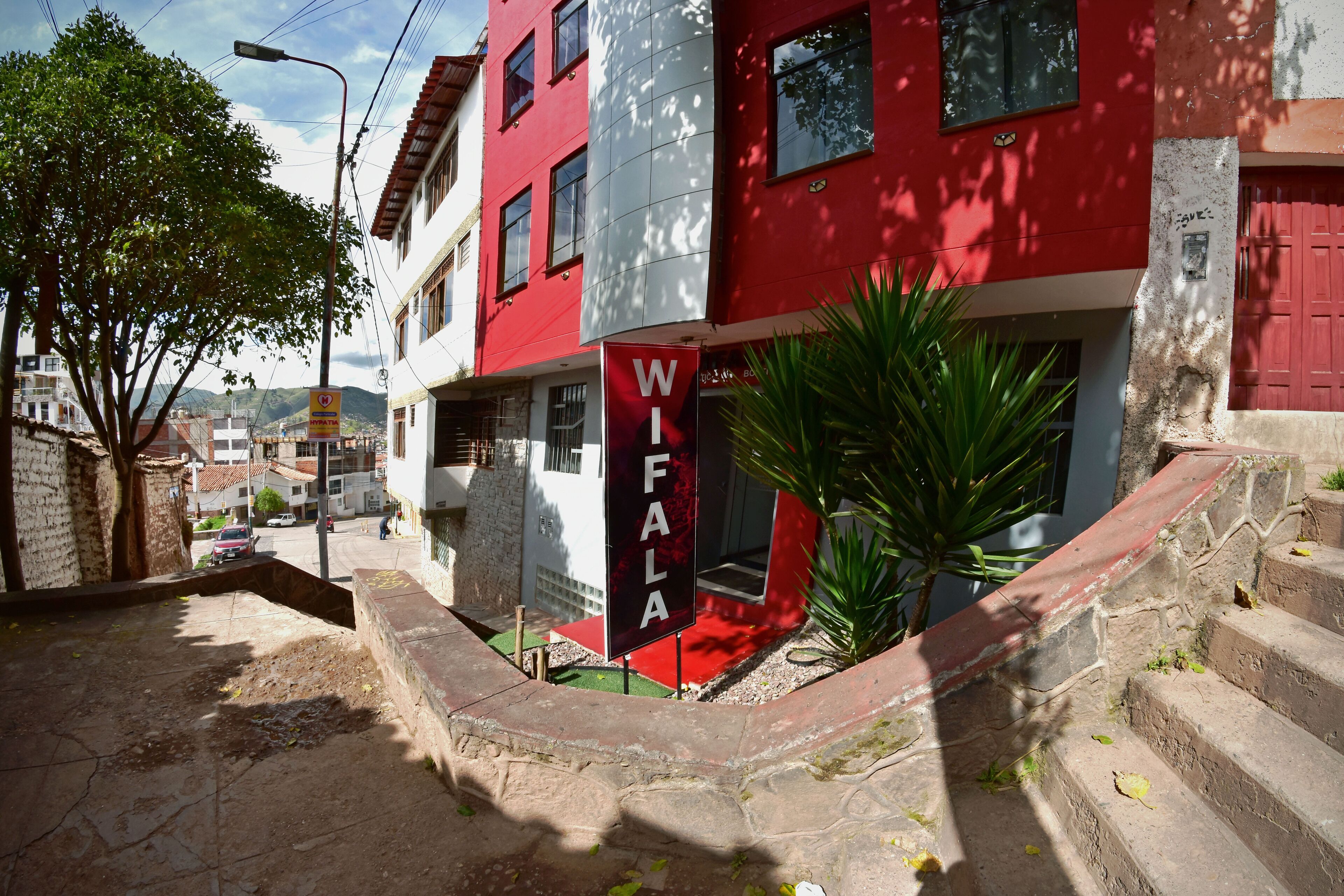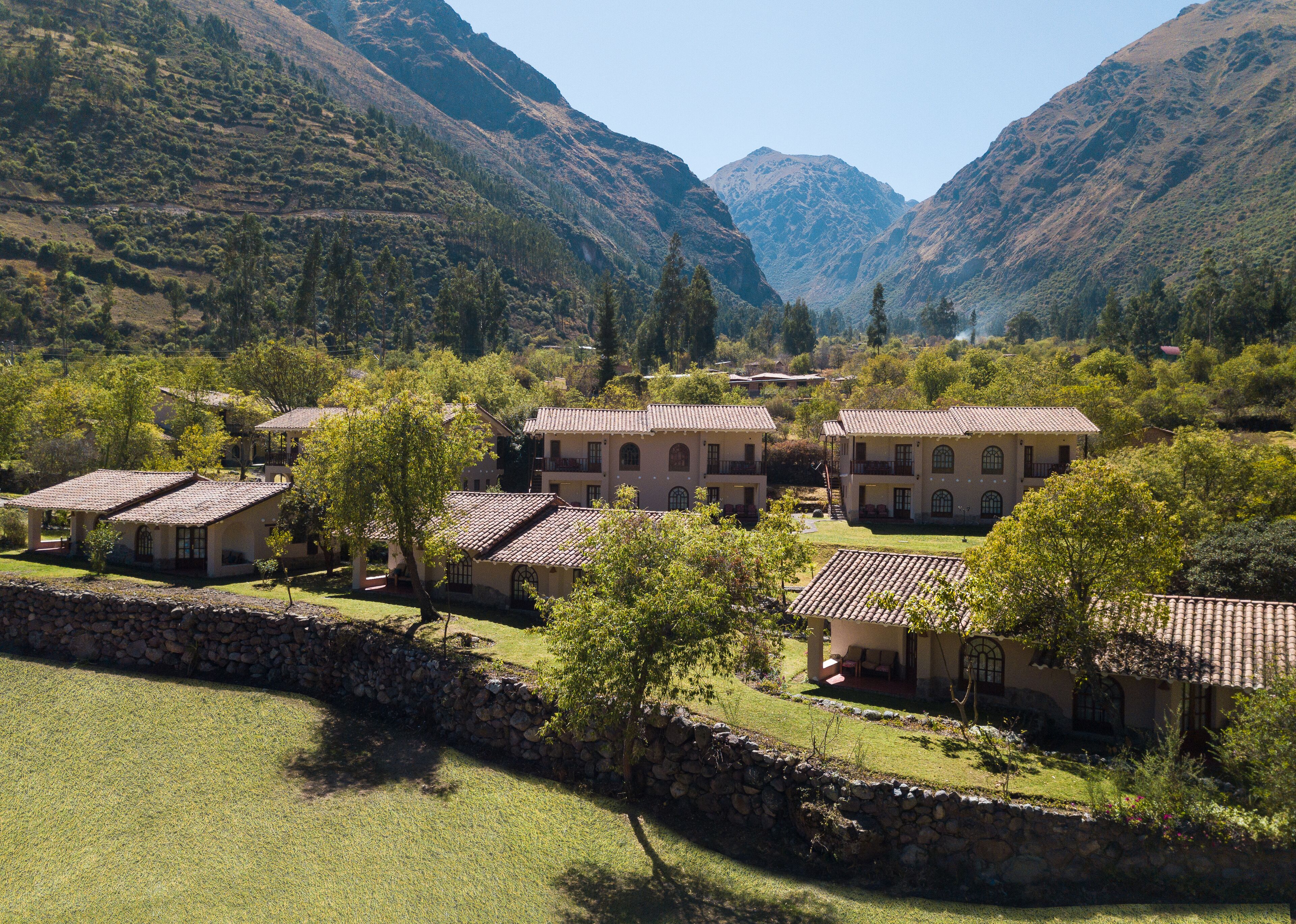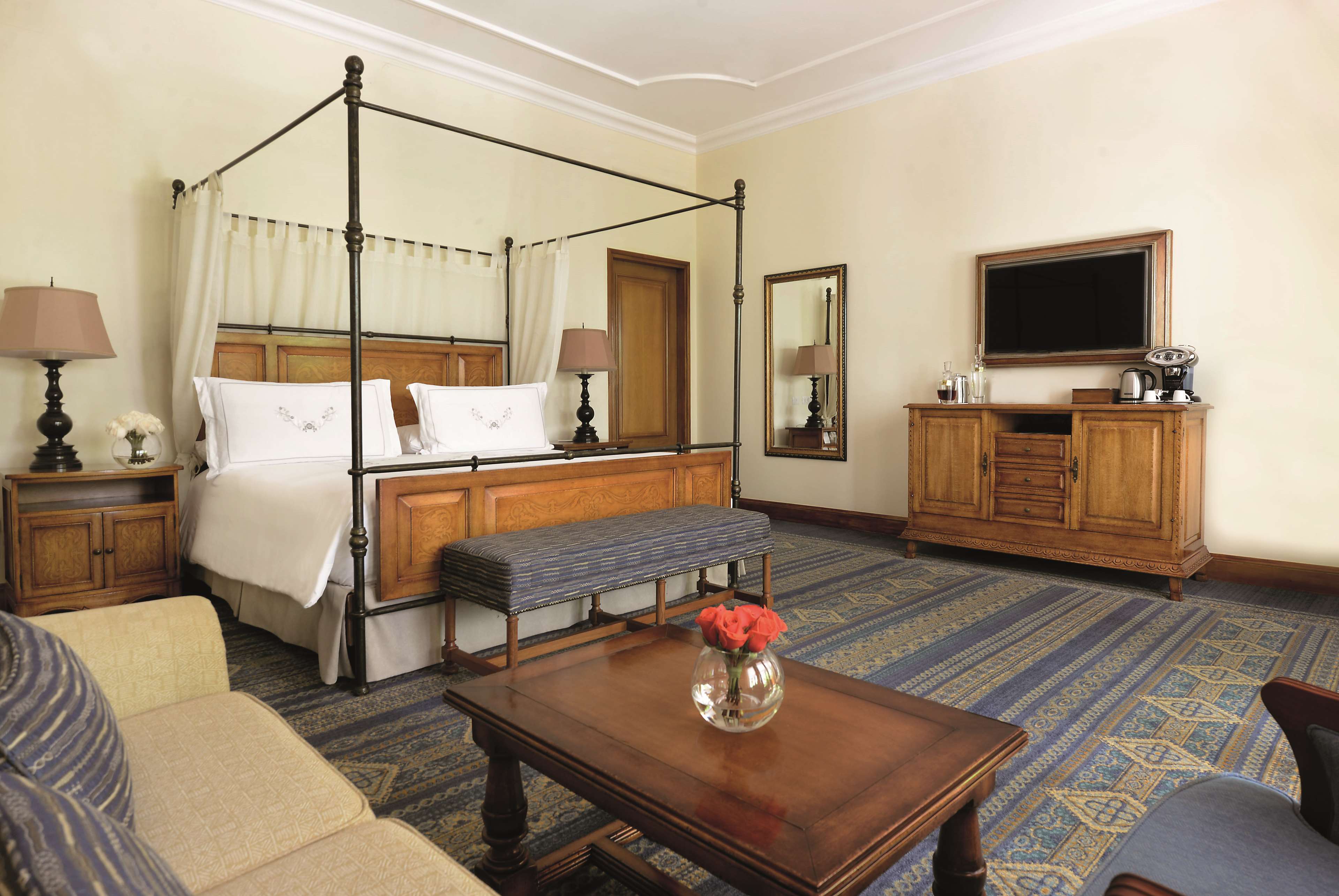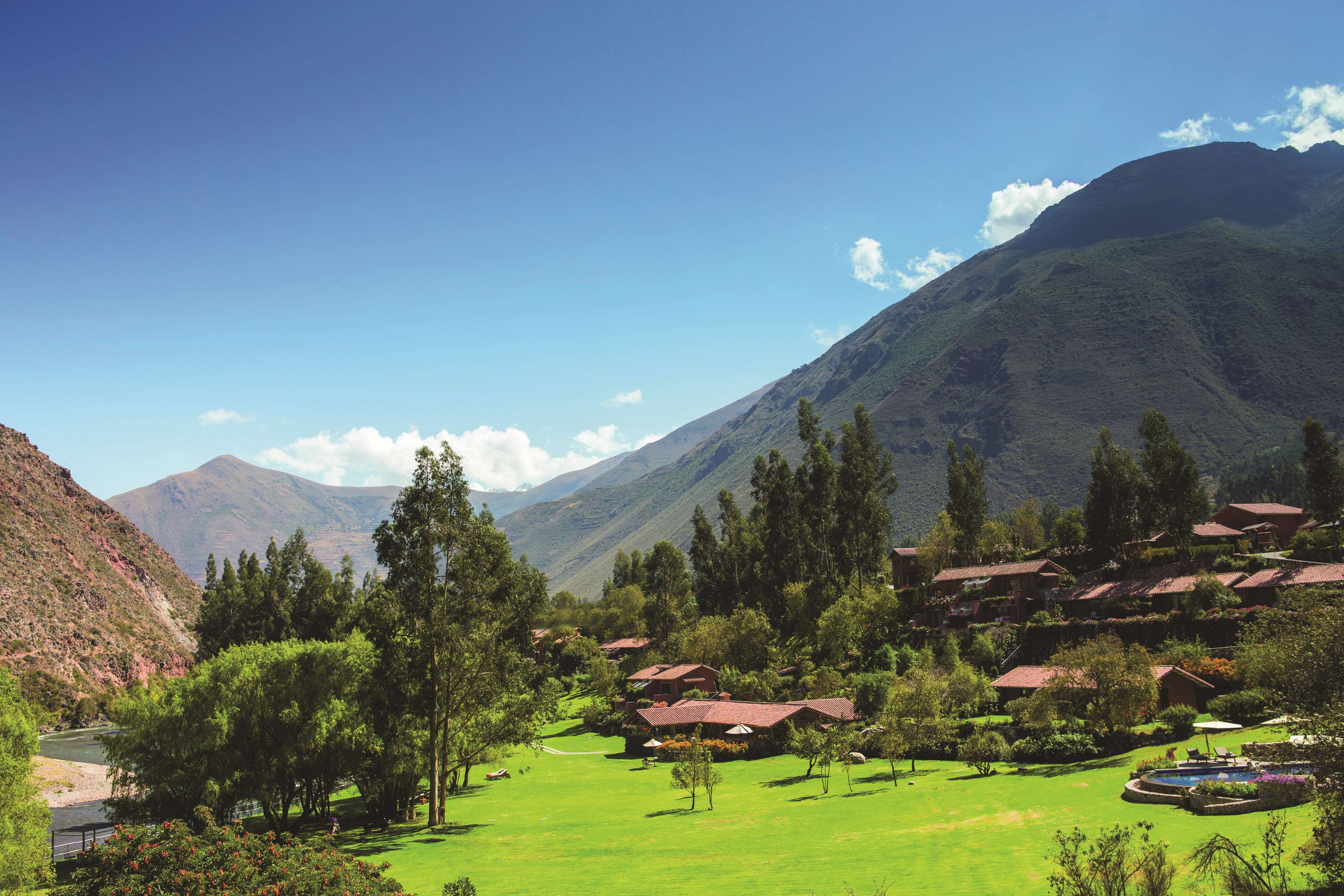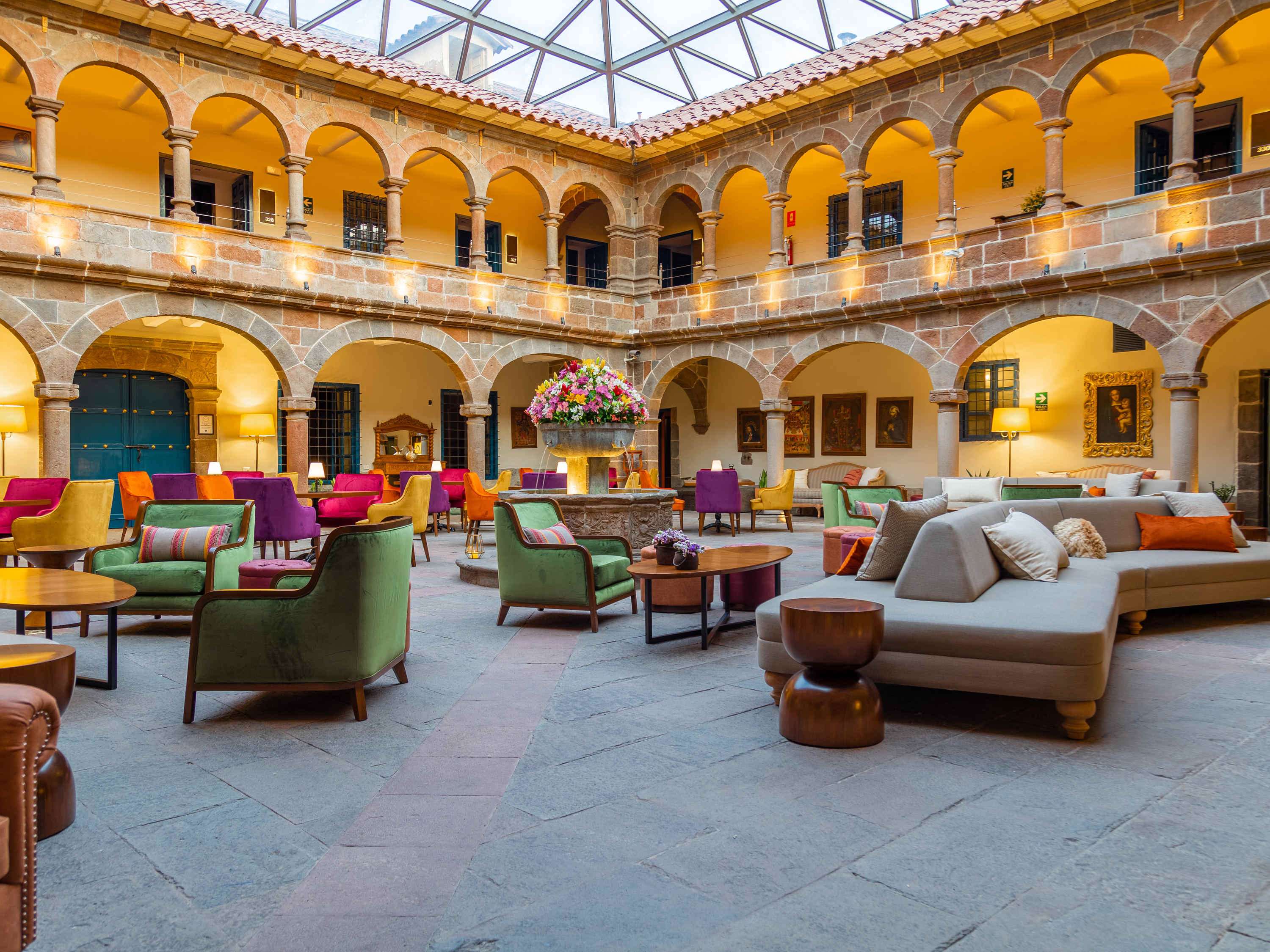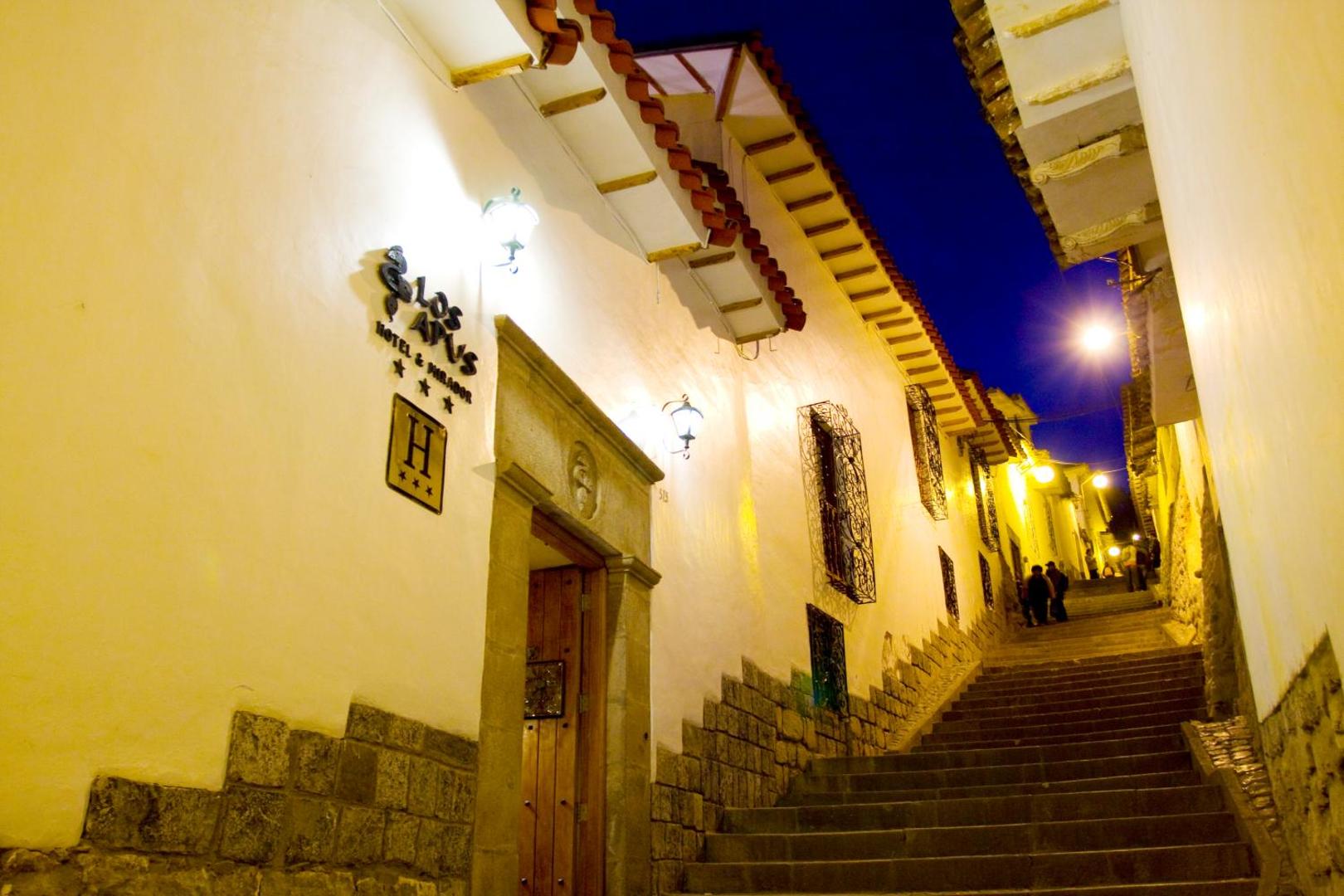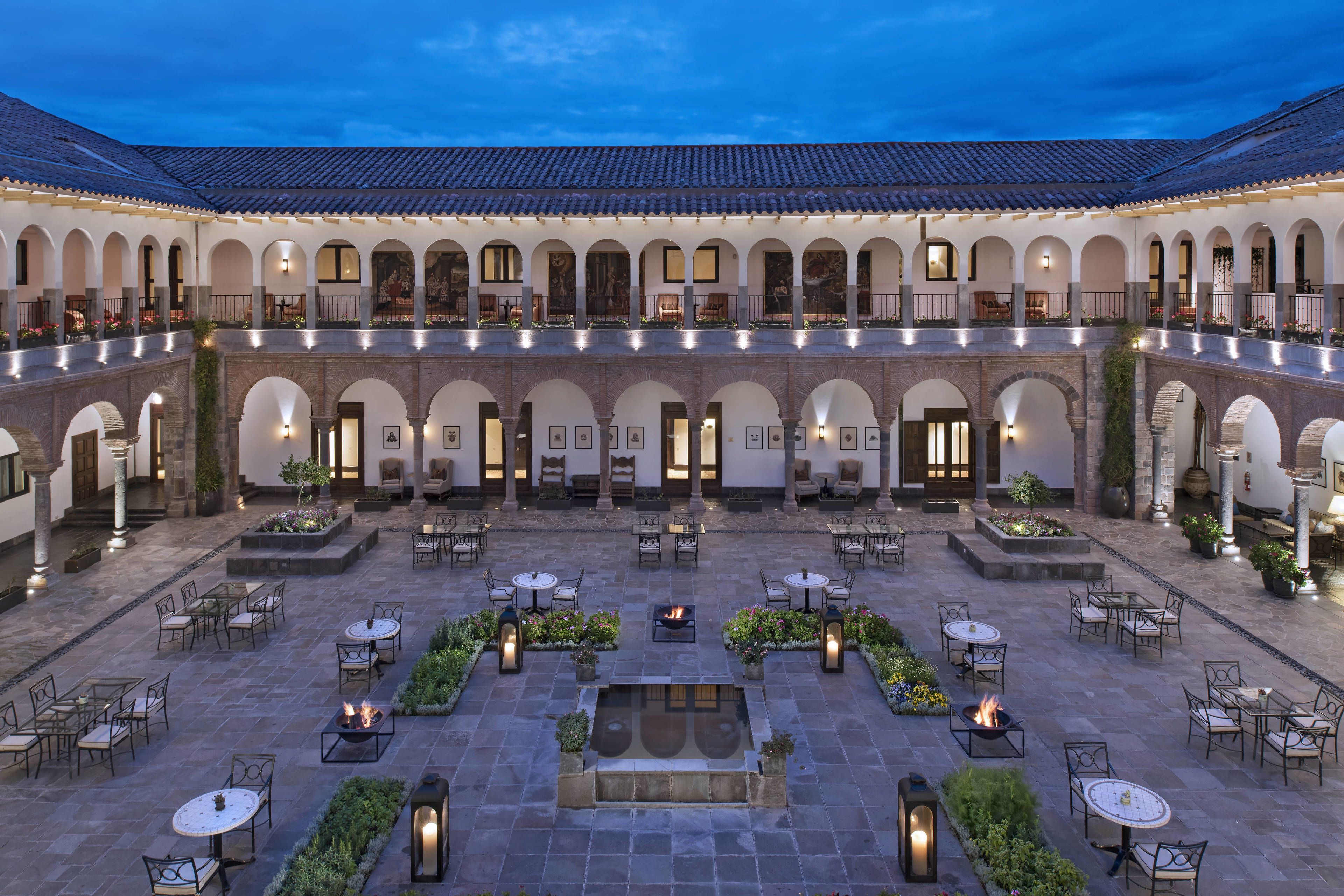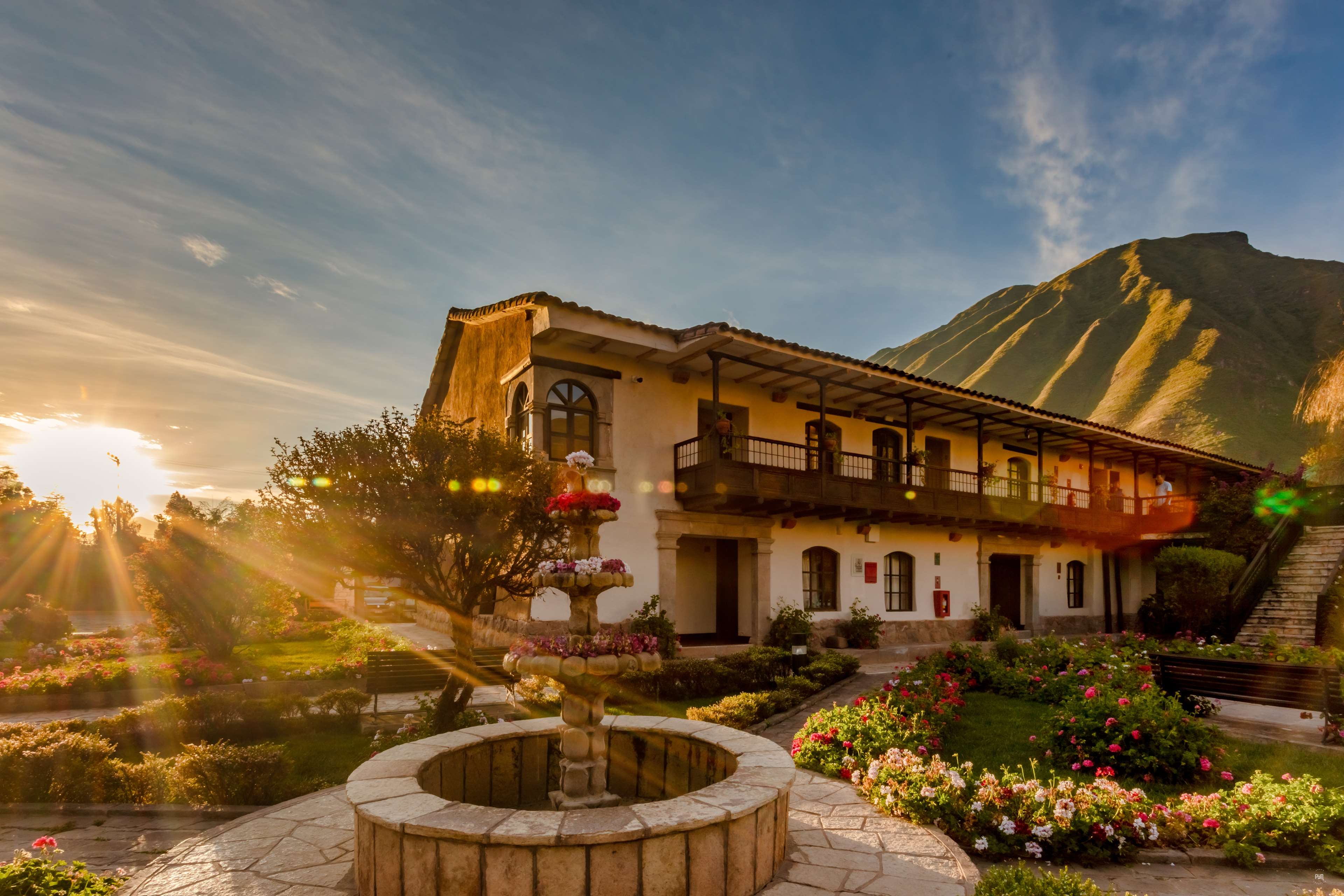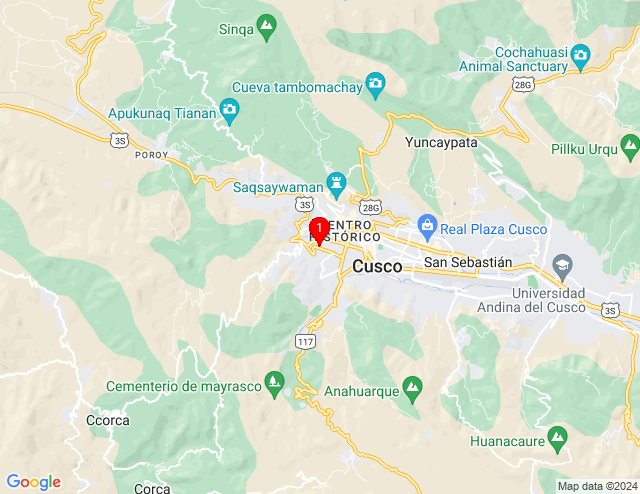Go to the Maras salt mines - or Maras Salineras. These striking terraced salt flats should not be missed. They are very different from everything else in the Cuzco area, and as striking as the most beautiful Inca sites.
Take a day trip to Moray Moray (Peru) , The agricultural laboratory of the incas. Several concentric circles up to 150 m deep caused temperature changes of between 2-4°C. Seeds were developed here and spread throughout the empire. 67.5 km (42 mi) from Cuzco. Accessible with the boleto turistico.
Ccaccaccollo, Traditional fabric making from Llama shearing to weaving in this township.
The Four Archaeological Ruins, The closest and largest of these ruins is the amazing Inca Sacsayhuamán (sometimes called Saqsaywaman and pronounced "Sock-say-wah-mun") ruins high above Cuzco. It is a steep climb from the Plaza de Armas up Plateros street which changes to Saphi. Look for the long staircase on the right, follow the paved curvy road up to the next cobblestone pedestrian path and follow this climb past the first closed control point to the second control. No need to take a cab if you can handle it. But, be careful, as robberies have been reported in mornings and evenings. There is a charge to explore the ruins at the second control or present your the boleto turistico. Read up on the battle beforehand as the guides don't discuss it. Also, a view of the circular base of the former tower as shown in many of the photos is not possible due to the protective ropes. Go earlier in the morning as later visits are disrupted by whistles from guards telling unobservant tourists to get off the ruins. Those on a budget can get a sense of the ruins without paying by walking up the hill and up to the entrance. You can then walk to the adjacent hill with the big Jesus on it and look down on the city. Also, if you arrive before 7am you can enter the ruins for free. This is very easy and also not frowned upon- if you are leaving after the guards have arrived they just nod hello and there are plenty people doing it. Great idea for budget travelers.
Qenko, (or Q'enqo), The Second site up the road from Sacsayhuamán. Take the cumbi shared busses up the hill for 1 sole or take a walk of about 0.5-1 km up a gradual incline to visit the site. Its name means "Zig-Zag" in Quecha, and probably refers to the Zig-Zag channels carved into a rock. Explore the pass through cave and view the altar on which llamas were sacrificed. The large erect stone shown on the boleto turistico is a solar calendar. On each side of the stone is a square wall two stones high. Each stone is representative of a number of days, the total is the total days in the year. Opposite the stone are the familiar windows in which mummies and human remains were discovered. Accessible with the boleto turistico
Pukapukara, (red fort). Named after the red hue of the hillsides nearby. The third site along the route, even heartier walkers will find the walk a bit long and a bit steep despite the paved and well traveled road. However, the views along the walk are great and small mud brick bars are intermittent between the sites. Hire a taxi or take a cumbi shared bus up from Qenko for one sole to save time and energy. A larger site than Q'enqo, the guides have more to say about this site. It was likely a checkpoint or military control. Offerings of coca leaves amongst other things were received here. Accessible with the boleto turistico.
Tambomachay, The most distant ruin on the route from Cuzco. It is a small site with an ornamental fountain whose source is unknown as reportedly archaeologists lack the tools necessary to determine the source without damaging the site. Likely it is an underground spring. In several Incan sites such as Ollentaytambo water sources were covered or underground to protect the water supply from poisoning. Accessible with the boleto turistico. Bathrooms are free with the Boleto. Take a cumbi all the way back to Plaza de las Armas in Cuzco for 1 sole.
Guides and tours to all four sites in one day, If interested, pay/negotiate for a guide at the second control at Sacsayhuamán to tour you through all four sites. Ask the guard at the ticket control which guides have been through the government training. Expect between 60-80 soles depending upon the season which is about 15-20 soles per site. Allow 4-5 hr for the trip when taking the Cumbis shared buses. Pack a snack although water is available along the way. Bathrooms (clean and well maintained) are only available at the final site Tambomachay. A boleto turisitico is recommended as control points exist at three of the four sites and are carefully monitored.
If you don't want to hire a guide, then you could take a taxi or combi to Tambomachay/Pukapukara and walk back down the hill to the remaining sites. This is much kinder on the legs! If you go to the first two sites in the morning, there is a backpacker's cafe about 250 m down the road on the right that does tasty and inexpensive sandwiches and very good fruit juice. The walk down to Q'enqo and Sacsayhuamán has nice views.
A better alternative is to take a day trip to Pisac, and see the ruins there, which is part of the Boleto. These ruins are much more impressive than the ones nearer to Cusco.



